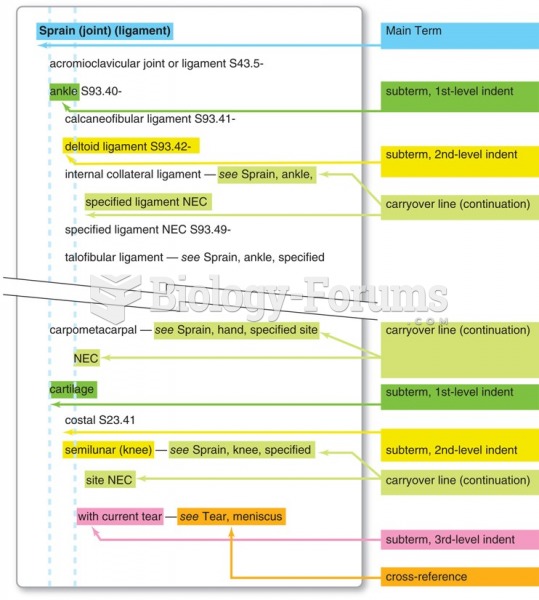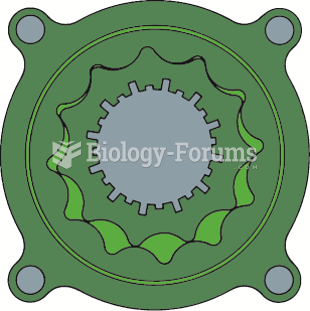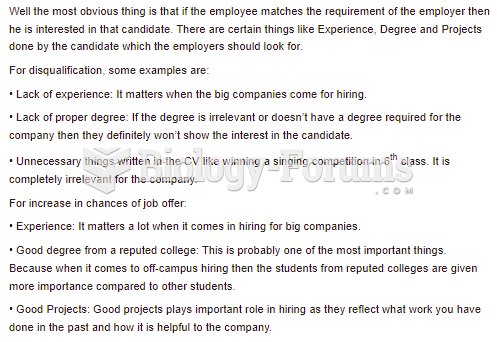Answer to Question 1
Answer: On Tuesday, Mary experienced encounter stress. On Wednesday, Mary experienced situational stress. On Thursday, Mary experienced anticipatory stress. On Friday, Mary experienced time stress. In providing support, students should relate relevant chapter concepts to justify their choices of the type of stressor(s) Mary experienced; student responses related to support/justification will vary.
Answer to Question 2
Answer: Time management using an effectiveness approach involves aligning time use with core personal principles whereas managing time using an efficiency approach involves an emphasis on accomplishing more by reducing wasted time. The most commonly prescribed solutions for attacking problems of time stress are to use calendars and planners, to generate to-do lists, and to learn to say no. However, these approaches address the efficiency approach to time management.
Managing time using an effectiveness approach means that (1) individuals spend their time on important matters, not just urgent matters; (2) people are able to distinguish clearly between what they view as important versus what they view as urgent; (3) results rather than methods are the focus of time management strategies; and (4) people have a reason not to feel guilty when they must say no. An extremely useful tool to manage time effectively is the time management matrix in which activities are categorized in terms of their relative importance and urgency. Important activities are those that produce a desired result. They accomplish a valued end, or they achieve a meaningful purpose. Urgent activities are those that demand immediate attention. They are associated with a need expressed by someone else, or they relate to an uncomfortable problem or situation that requires a solution as soon as possible. See Figure 4 for additional information related to the time management matrix.







